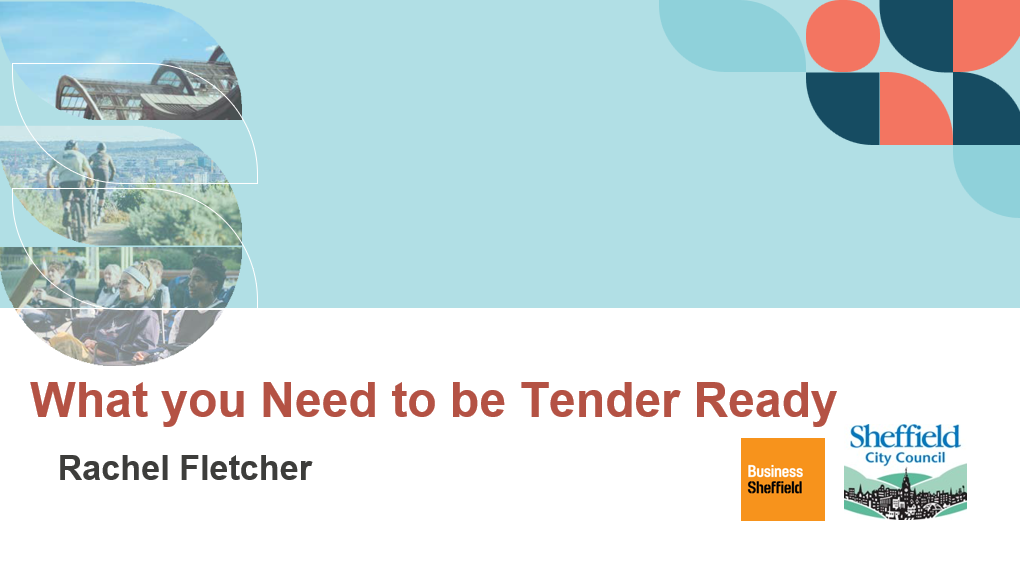What you Need to be Tender Ready

For small and medium-sized enterprises (SMEs), procurement can be a game changer, offering access to contracts that provide stability, drive growth, and enhance credibility. However, for those new to the process, navigating procurement for the first time can be a daunting experience.
Being tender-ready goes beyond simply submitting a proposal. It’s about strategically positioning your business to seize opportunities quickly and effectively. With the right preparation, tendering can shift from being a challenge to a pathway for success.
Here’s how SMEs can gear up to make the most of procurement opportunities.
What Does ‘Tender-Ready’ Mean?
Being tender-ready means having the mindset, resources, and systems in place to respond to opportunities with ease and efficiency. It involves:
- Staying Proactive: Regularly reviewing platforms such as Contract Finder and YORtender to identify relevant opportunities.
- Assembling a Toolkit: Maintaining up-to-date documents such as financial reports, certifications, and case studies for easy access.
- Understanding the Buyer: Gaining insight into the buyer’s priorities, challenges, and specific requirements, enabling you to craft tailored responses.
- Recognising Competition: Acknowledge that procurement is highly competitive. While you may not win every bid, building a track record of successes is essential.
Understanding Procurement Types
There are 3 common procurement types: open, framework and Dynamic purchasing system.
- Open: All tender documents are publicly advertised, and any business may submit a bid. Proposals are scored, and the highest-scoring submission is selected.
- Framework: This involves setting up agreements for mini-competitions, with contracts awarded only when specific orders are placed.
- Dynamic Purchasing System (DPS): Pre-qualified suppliers join a pool, gaining access to mini-competition opportunities.
Using Case Studies as your Secret Weapon
Case studies are powerful tools that demonstrate your ability to deliver successfully, and they’re vital for a winning tender. Present them in a way that’s both engaging and relatable, answering these key questions:
- Who was the buyer? Share relevant background information.
- What was the buyer’s problem? Describe why they sought an external solution.
- How was the problem resolved? Highlight your role and the scope of the project.
- Why does this stand out as a strong case study? Emphasise similarities to the current tender, such as buyer type, service provided, geographic area, or project value.
Remember to include details about how success was measured and reported.
The Role of a Business Continuity Plan
A robust business continuity plan is essential for tendering. Buyers need assurance that you can maintain service delivery even during unexpected disruptions. Identify potential risks to the contract and outline clear, actionable mitigation strategies.
You can access a business continuity plan template to help pinpoint the key areas to address when preparing your tender.
Social Value: A Decisive Factor
Social value is increasingly becoming a determining factor in procurement. Buyers want to understand how your business positively impacts the community, whether socially, economically, or environmentally.
Social value considers: “If £1 is spent on delivering services, how can that £1 generate additional benefits for the community?”
To develop a social value policy, consider initiatives such as:
- Employing residents.
- Supporting small, local businesses.
- Promoting health and wellbeing within your workforce and community.
- Partnering with charities or community groups.
- Advocating ethical supply chains, like fair trade.
- Preserving local culture and heritage.
- Encouraging social inclusion and community interaction.
Ensure you outline clearly how you’ll deliver and measure these impacts.
What you Need to be Tender Ready
Learn all you need to submit a winning bid